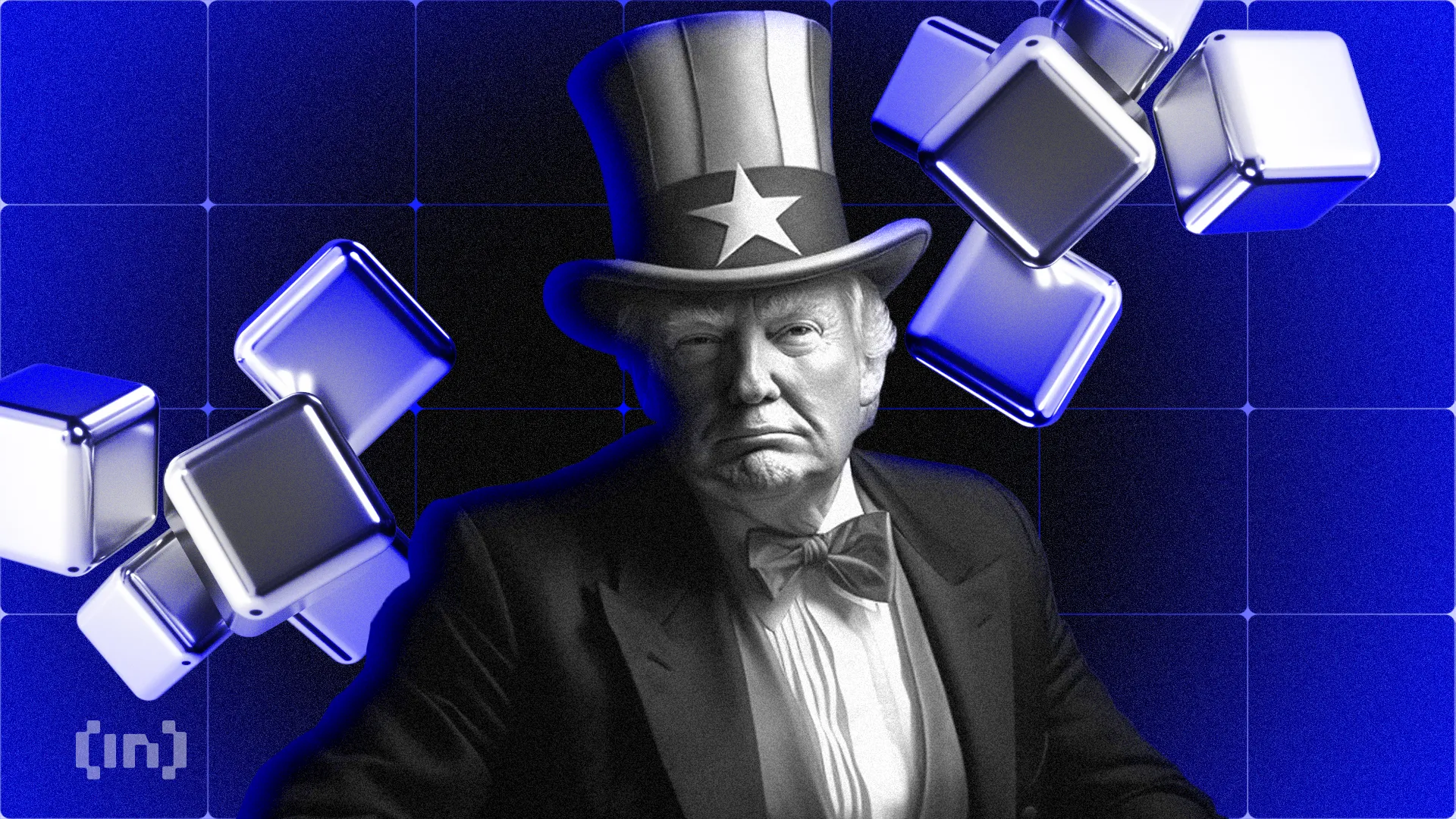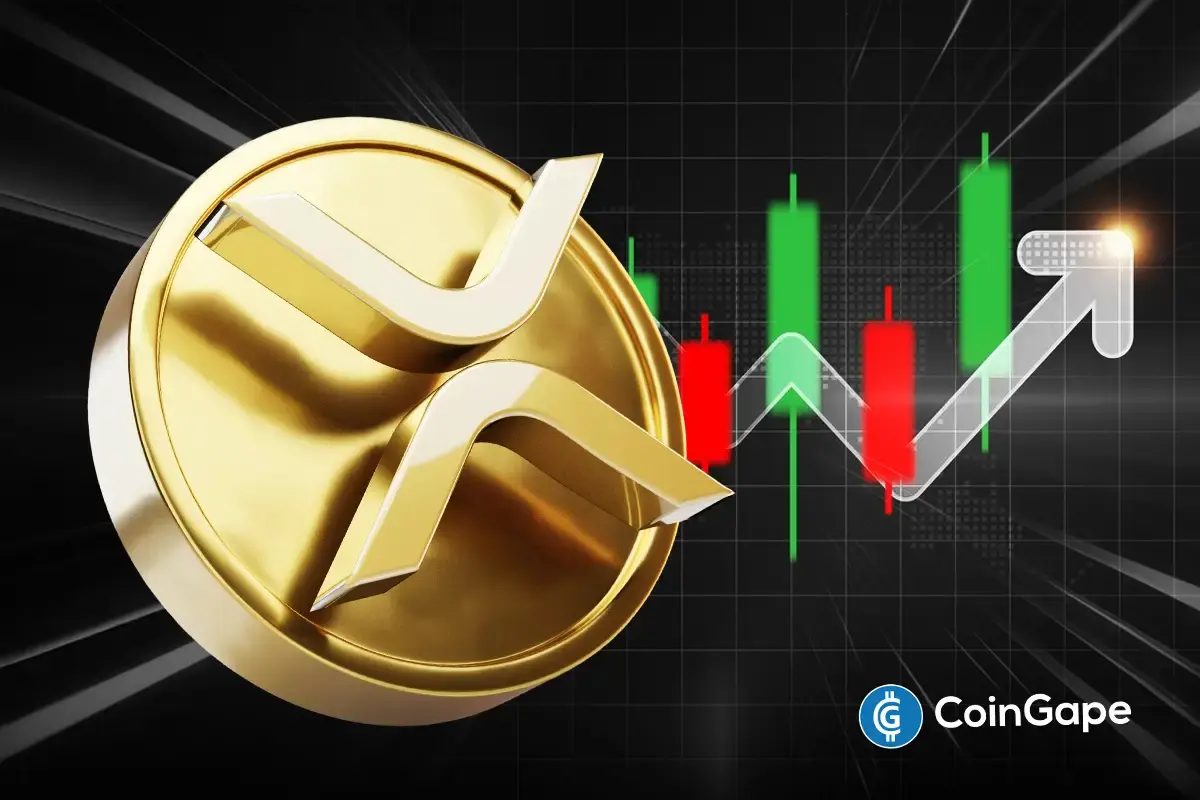Bitcoin
Top 10 Crypto Promises from President-Elect Donald Trump
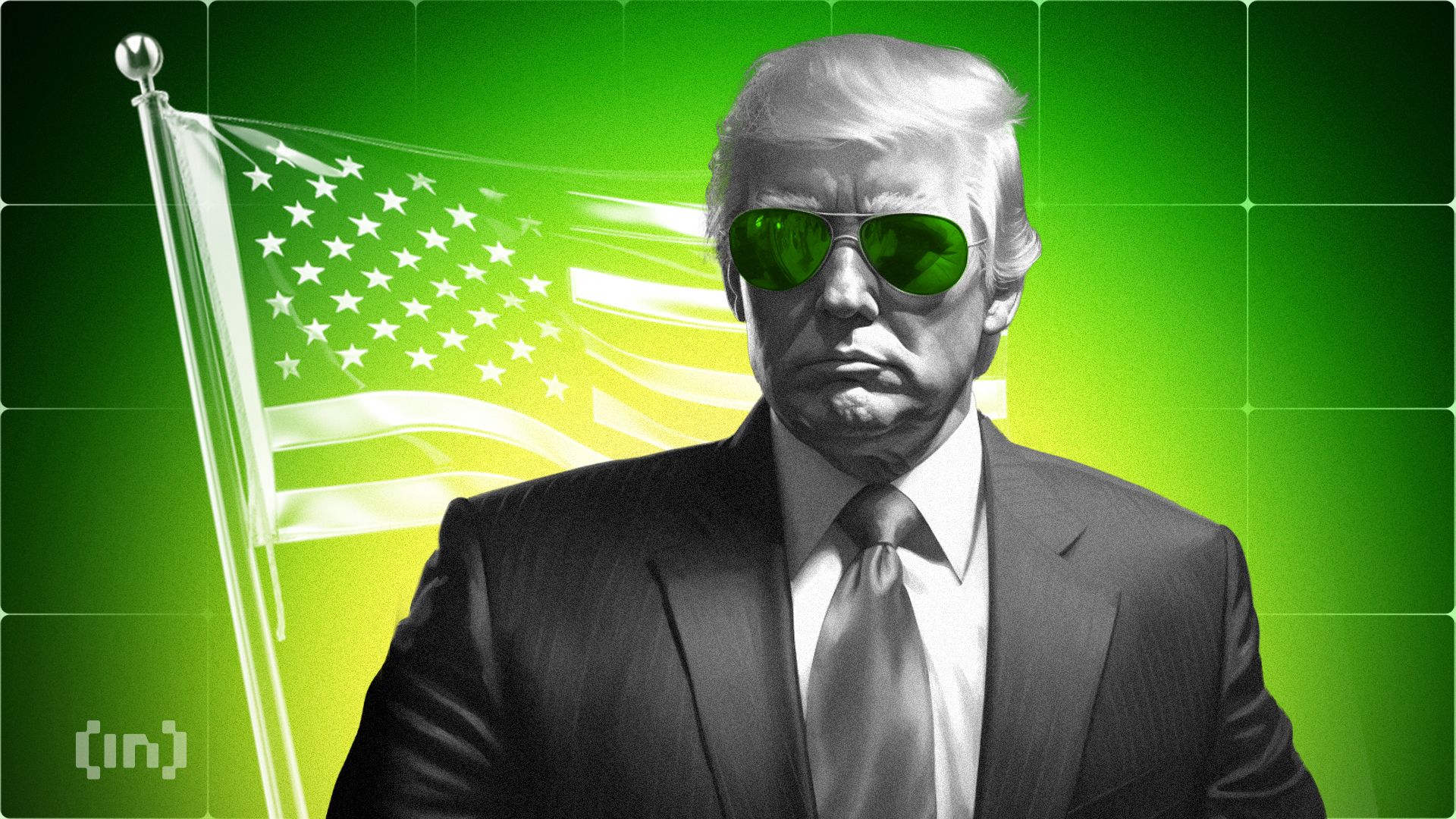
Donald Trump convincingly won the US Presidential election and will assume office in January. He ran as a pro-crypto candidate on the campaign trail and is now empowered to enact sweeping, friendlier policies.
Trump will focus on halting anti-crypto actions from federal regulators and the legislature and passing comprehensive new laws for the industry.
Donald Trump’s Total Blowout
In a surprising upset, Donald Trump significantly overperformed in last night’s US Presidential election, coasting to a confident victory. Polling beforehand suggested a tossup election; however, Trump made substantial gains across nearly the entire map. He made crypto advocacy a cornerstone of his campaign, and now the industry must assess the benefits of his win.
Read More: Crypto Regulation: What Are the Benefits and Drawbacks?
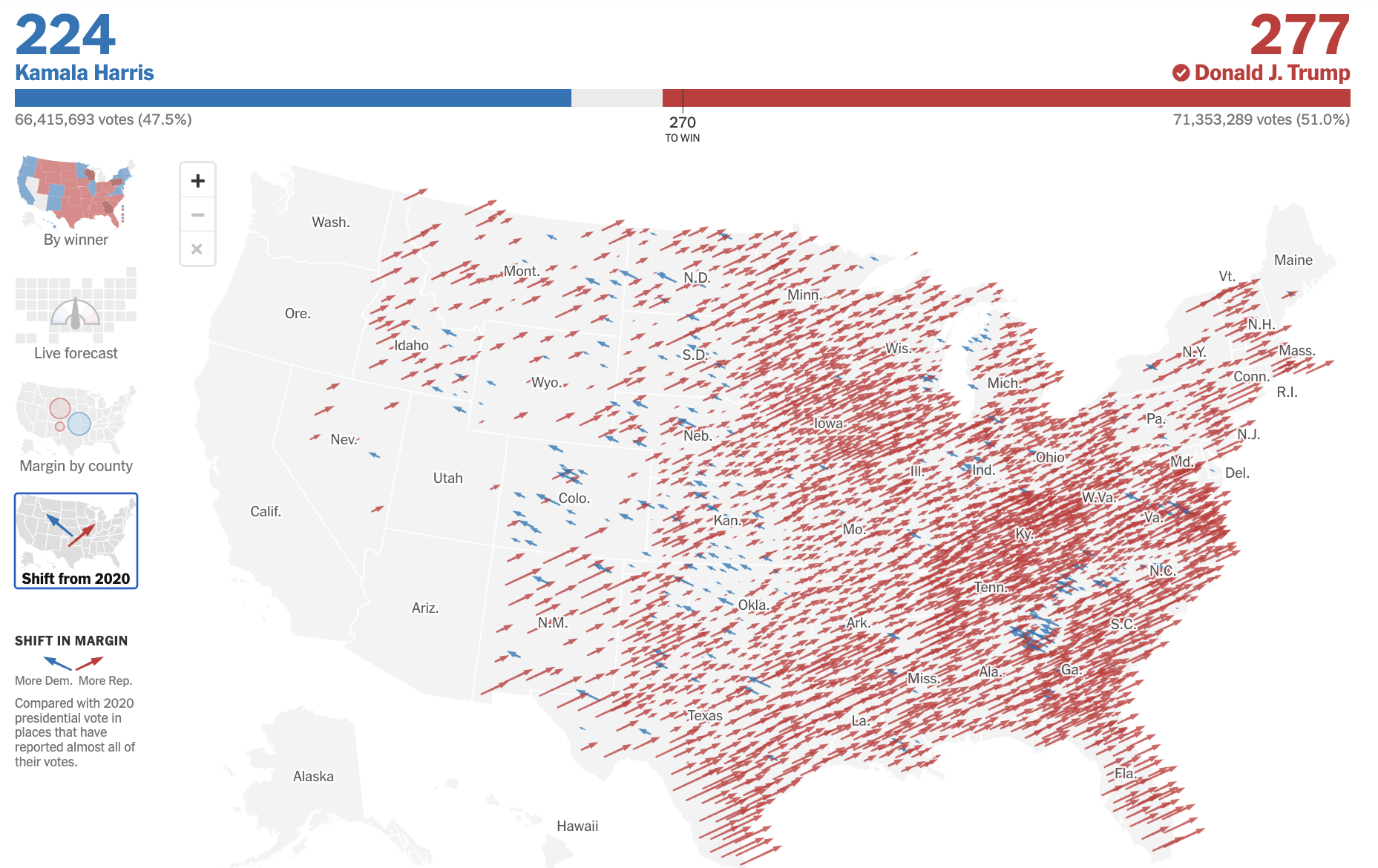
President Trump made a vast array of pro-crypto campaign promises, supporting Bitcoin in particular. For example, he vowed to create a Bitcoin reserve and halt attempts to sell off the US government’s holdings.
However, he also lambasted the notion of supporting an official “digital dollar” CBDC. In other words, it looks like he will focus more on existing crypto assets.
Other than this, his promises have generally included the broader industry. In August, he vowed to make the US a “crypto capital,” offering to enact a suite of friendlier regulations. A cornerstone of this new strategy is his promise at Nashville’s Bitcoin Conference to fire SEC Chair Gary Gensler. This pledge drew raucous applause, and he seems very likely to enact it.
“I didn’t know he was that unpopular! I didn’t know he was THAT unpopular. Let me say it again: on day one, I will fire Gary Gensler!” Trump claimed in July, reacting to the crowd’s outsized approval.
A New Legal Paradigm for Crypto
Once Gensler is out of office, Trump plans to enact a series of productive crypto policies. First and foremost, he promised to stop the SEC and other regulators from continuing their crackdown on exchanges and other businesses. Several crypto opponents also lost their races, which will help blunt the momentum of hostile legislation.
Read More: Who Is Gary Gensler? Everything To Know About the SEC Chairman
As a final symbol of his plan to end crypto hostility, Donald Trump also pledged to free Silk Road founder Ross Ulbricht. This non-violent offender and early Bitcoin adopter has spent ten years in prison since his arrest and has become a cause célèbre in the community. If Ulbricht is released under Trump’s authority, it will be a real milestone for government reconciliation.
Critically, however, Trump has vowed to make positive impacts on the industry, not just reverse negative ones. Policy advisors are creating a comprehensive list of executive actions he could take once in office, as well as a strategy for a comprehensive new regulation for the space. Trump has also explored more novel use cases, such as crypto’s role in alleviating national debt.
Overall, Trump campaigned on a certifiable bonanza of possible benefits to the space. If even half of these promises get fulfilled, it could permanently alter the industry’s mercurial relationship with the federal government.
“The GOP’s commitment to clear crypto regulations and making Bitcoin a strategic reserve asset is set to be a game-changer for industry growth. Just like with the space race or recent Bitcoin mining developments, we’ve always believed that when America steps up in crypto adoption, it’ll do so with gusto—and ultimately take the lead globally. Now, we’re about to see this shift happen, making widespread U.S. crypto adoption feel more like a sure thing than ever before,” Jean-Marie Mognetti, CEO of CoinShares, told BeInCrypto.
Disclaimer
In adherence to the Trust Project guidelines, BeInCrypto is committed to unbiased, transparent reporting. This news article aims to provide accurate, timely information. However, readers are advised to verify facts independently and consult with a professional before making any decisions based on this content. Please note that our Terms and Conditions, Privacy Policy, and Disclaimers have been updated.
Bitcoin
US Dollar Index Drops – What Does It Mean for Bitcoin?

Amid the recent implementation of President Trump’s “Liberation Day” policies, the US Dollar Index (DXY) has plummeted to its lowest level since mid-October 2024. This signaled a turbulent time for the greenback.
Despite the downturn, some analysts believe the weakening dollar could fuel short-term gains for Bitcoin (BTC).
Could Bitcoin Benefit From a Weaker Dollar?
The DXY, a key measure of the US dollar’s strength against a basket of major currencies, has been under pressure amid a combination of factors. Growing concerns over a potential recession and escalating global trade tensions have contributed to this downtrend.
After reaching a two-year high in early January, the DXY has experienced a steady decline. Furthermore, it has shed nearly 4% in the first quarter alone.
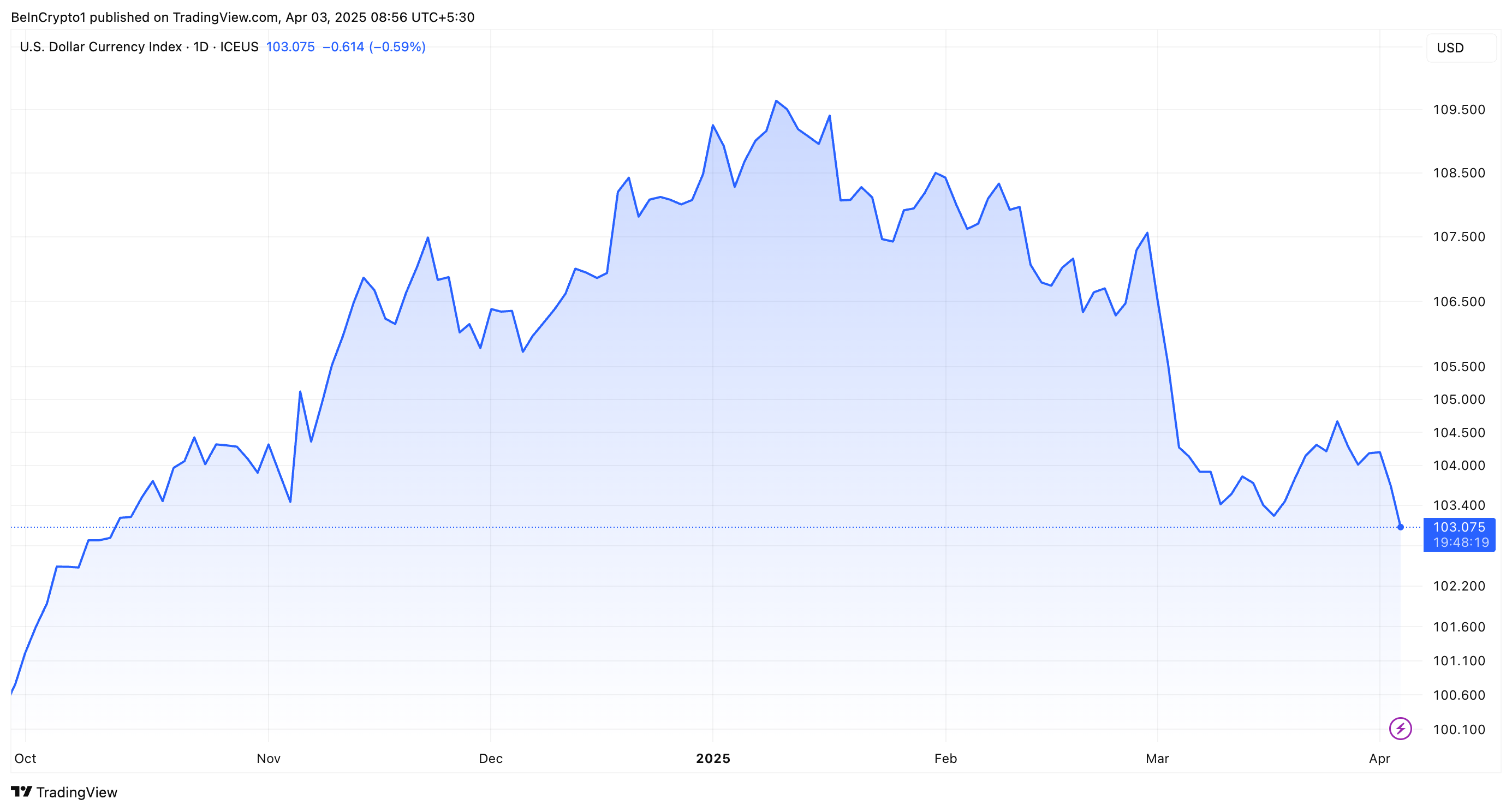
Economist Peter Schiff highlighted the dire state of the DXY in the latest X (formerly Twitter) post.
“The US Dollar Index has fallen to its lowest level since Oct. and looks like it’s headed much lower,” he wrote.
Schiff emphasized that contrary to expectations that a strong US dollar might alleviate the impact of tariffs on American consumers, the reality of a weakening dollar will have the opposite effect. Therefore, this exacerbates the financial strain from tariffs, making them more burdensome for consumers.
BeInCrypto reported that on April 2, 2025, President Trump implemented the new “Liberation Day” tariffs. These reciprocal tariffs enforce a minimum 10% duty on all imports. Nonetheless, they have raised concerns about a potential global trade war and further weakened the dollar’s value.
A Reuters report highlighted that the dollar slid against the yen. Meanwhile, the euro gained 0.3% to trade at $1.08, reflecting market unease over the tariff announcement.
However, it’s not all bad news—at least not for crypto. Some market observers believe Bitcoin could emerge as a key beneficiary of the dollar’s woes.
Ciara Sun, Founder and Managing Partner at C² Ventures noted on X that the likelihood of multiple Federal Reserve rate cuts in 2025 is growing. This move could further weaken the DXY and boost Bitcoin’s attractiveness.
“The Dollar Index shows signs of slowing momentum, potentially favoring risk assets,” Sun remarked.
Sun’s analysis aligns with the inverse correlation between Bitcoin and the US dollar, as outlined in a CoinGecko report from late 2024.
“When the dollar weakens, Bitcoin often strengthens, making it an attractive alternative,” the report noted.

Adding to the bullish sentiment for Bitcoin, Arthur Hayes, the former CEO of BitMEX, predicted a significant rally for the cryptocurrency.
“If BTC can hold $76,500 between now and US tax day April 15, then we are out of the woods. Don’t get chopped up!,” Hayes claimed.
This statement follows the executive’s prediction that Bitcoin could soar to $250,000 by year-end. However, this outcome is contingent upon the Federal Reserve adopting Quantitative Easing (QE) to support the markets.
Still, the road ahead is far from clear. Bitcoin may enjoy short-term gains amid the dollar’s slump. Yet, the overarching economic implications of shifting US monetary policy and ongoing global tensions continue to pose significant risks.

As of now, Bitcoin has felt the impact of the market uncertainty. It declined 1.5% in the past day to a trading value of $83,389. Similarly, the broader cryptocurrency marked has experienced a decrease, with the total market capitalization falling 3.4% within the same timeframe.
Disclaimer
In adherence to the Trust Project guidelines, BeInCrypto is committed to unbiased, transparent reporting. This news article aims to provide accurate, timely information. However, readers are advised to verify facts independently and consult with a professional before making any decisions based on this content. Please note that our Terms and Conditions, Privacy Policy, and Disclaimers have been updated.
Bitcoin
Lummis Confirms Treasury Probes Direct Buys


In an interview with Bitcoin commentator Natalie Brunell, Senator Cynthia Lummis (R-WY) reaffirmed her commitment to establishing a US Strategic Bitcoin Reserve (SBR), disclosing that the Treasury Department is probing its legal authority to purchase and custody BTC on behalf of the federal government. The senator believes such a move could significantly reduce the national debt over the long term.
Senator Lummis Pushes Bitcoin Reserve
Lummis pointed to roughly 200,000 BTC in the US Marshals Service’s asset forfeiture program as a possible starting point: “Working with Treasury, and the Treasury Secretary, we’re trying to find out which assets among those could become the basis of the first year’s investment in a strategic Bitcoin reserve.”
Further clarifying her stance, the senator noted she is determining whether a new law is required or if the administration already has the authority: “What I’m trying to figure out right now is whether it needs to be done legislatively or whether the Treasury Secretary has the authority to do it right now.”
Lummis proposes converting the seized BTC into an official “base investment,” which she says would be the foundation of a larger BTC reserve. If successful, this would mark the first time the US government deliberately and openly accumulated Bitcoin as a strategic asset.
One of Lummis’ main arguments for a SBR is its capacity to trim the federal debt, which she deems “irresponsibly high.” Under her Bitcoin Act, the US could also revalue its gold certificates—currently listed at a decades-old official price of $42 per ounce, far below market value—and deploy the difference toward purchasing BTC in a budget neutral way:
“My legislation would provide that we could take our gold certificates… bring them up to current fair market value for gold and then use that to buy Bitcoin, thereby creating a 1 million Bitcoin reserve over five years.”
She contends that holding this million BTC over a 20-year horizon could “cut the current national debt in half.” Citing extensive modeling—some from advocates like Michael Saylor—she believes the price appreciation of BTC has the potential to deliver significant gains to taxpayers.
New Episode Out Now! 🇺🇸
U.S. Senator Cynthia Lummis is leading the Bitcoin Revolution in Washington.
Her bold plans for America through Bitcoin & digital asset policy promise to reshape the financial system—reduce U.S. debt, protect Bitcoin self-custody, and reinforce dollar… pic.twitter.com/G1Rvl1ORDb
— Natalie Brunell ⚡️ (@natbrunell) April 1, 2025
The senator lauded President Trump’s recent executive orders that aim to make the United States “the digital asset capital of the world” by fostering a favorable environment for BTC mining, regulatory clarity, and a strategic reserve. According to Lummis, those moves stand in stark contrast to prior administrations, where “people neither knew nor wanted to talk about digital assets.”
However, Lummis also underscored the need for bipartisan collaboration, suggesting that while Bitcoin has now garnered interest in Republican circles, it should not become a strictly partisan endeavor: “We want to keep that momentum… We worked extremely hard to keep it bipartisan, so I can’t flip my brain and start to think of it as a partisan issue.”
At press time, BTC traded at $84,202.

Featured image from YouTube, chart from TradingView.com

Editorial Process for bitcoinist is centered on delivering thoroughly researched, accurate, and unbiased content. We uphold strict sourcing standards, and each page undergoes diligent review by our team of top technology experts and seasoned editors. This process ensures the integrity, relevance, and value of our content for our readers.
Bitcoin
Tokenized Gold Market Cap Tops $1.2 Billion as Gold Prices Surge
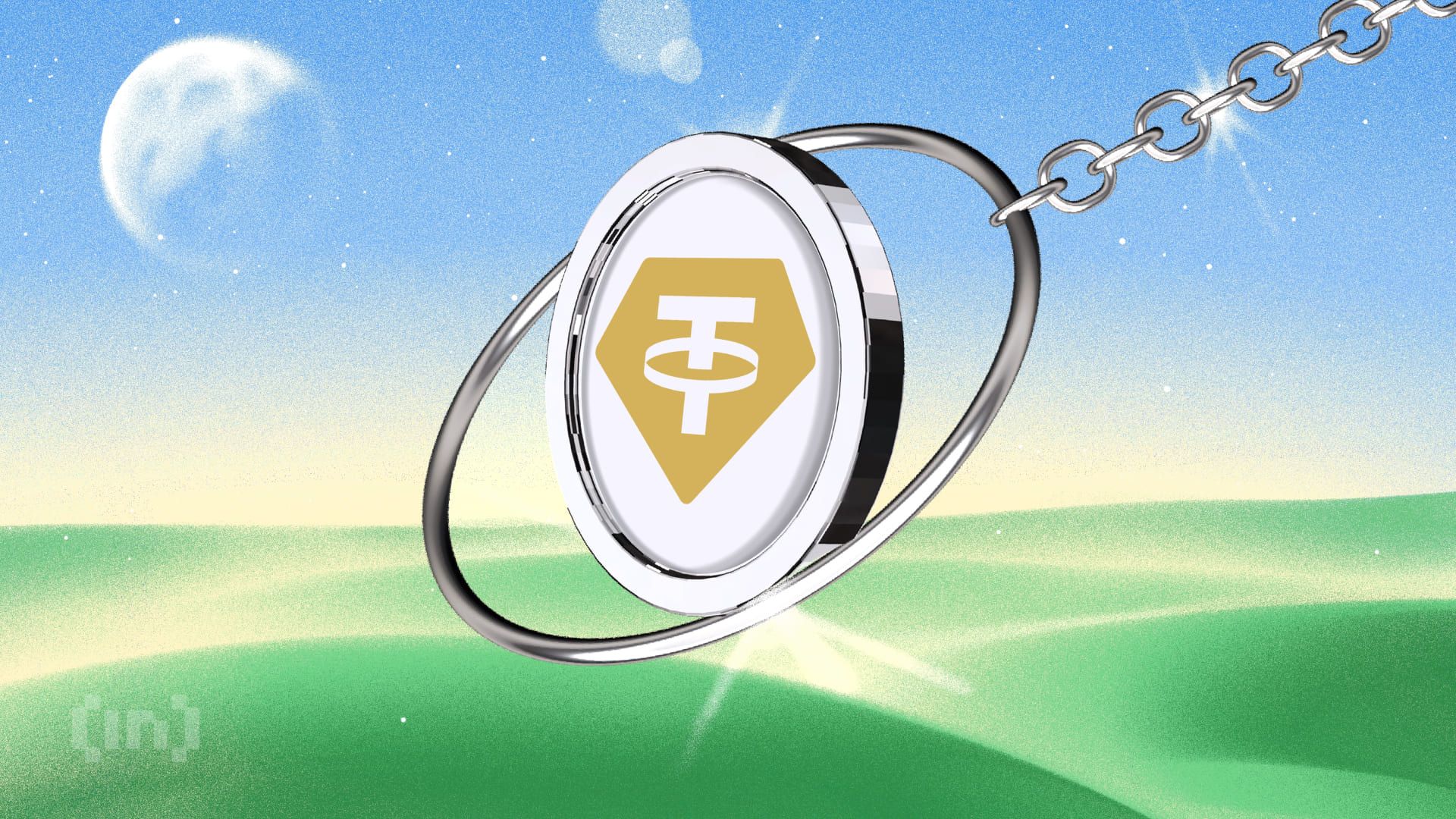
The market cap of tokenized gold has surpassed $1.2 billion, driven by soaring gold prices and a growing appetite for blockchain-based assets.
Rising interest in tokenized gold is part of a broader movement to modernize storage, trading, and utilization in financial markets.
Gold Meets Blockchain Amid Tokenization Revolution
Gold price has reached historic highs above $3,000 per ounce. With this surge, digital representations of precious metals, such as Tether Gold (XAUT) and Paxos Gold (PAXG), capture investor interest.
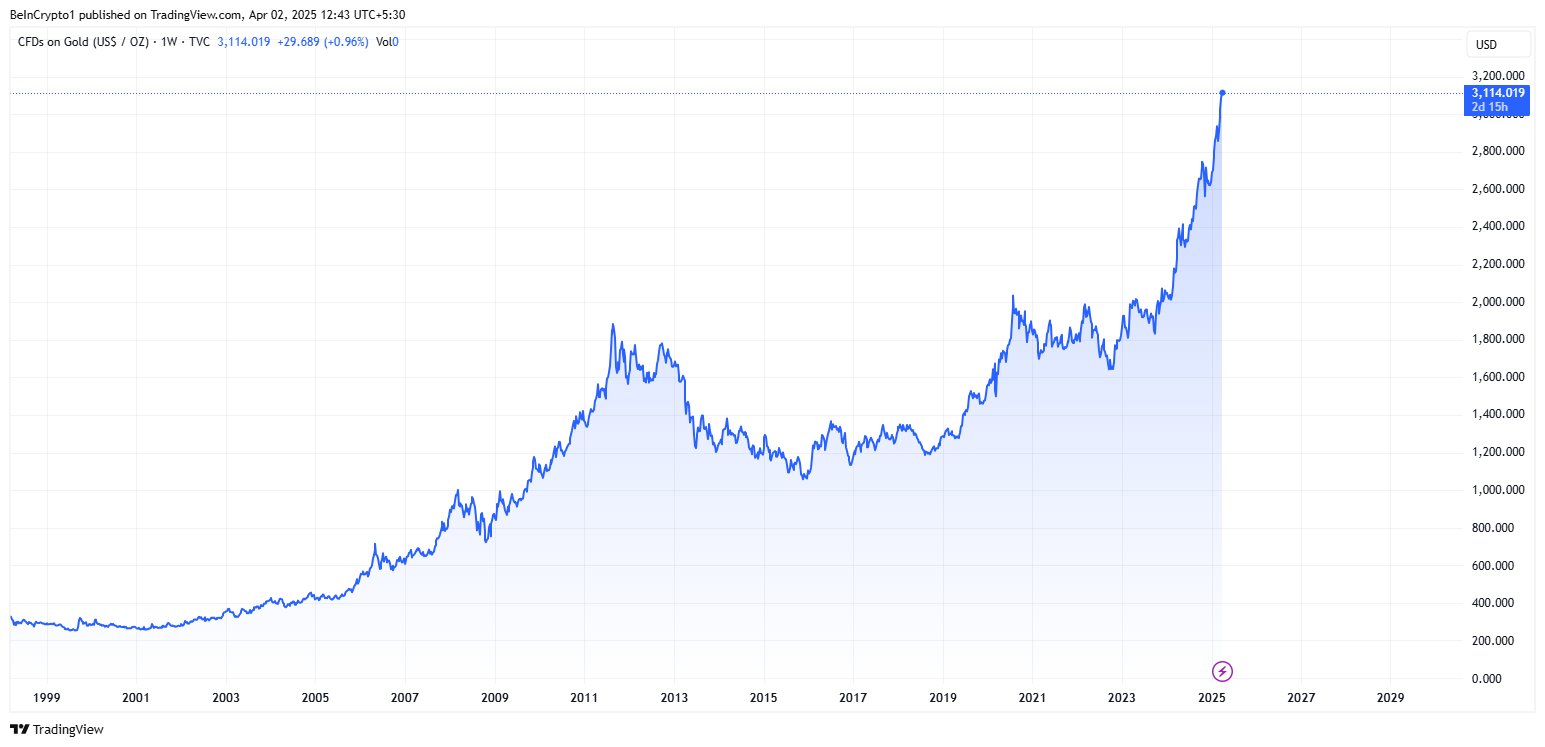
Don Tapscott, co-founder of Blockchain Research Institute, argues that tokenized gold could transform the $13 trillion gold market by bringing transparency, liquidity, and new financial models.
Based on this assumption, he questioned why gold is still stored in vaults as it was in the 1800s. Meanwhile, assets like Bitcoin (BTC) and stablecoins have gone digital. He believes blockchain technology can revolutionize gold’s role in finance.
“The US government could even tokenize its gold reserves, track them immutably, and use them in innovative ways,” Tapscott explained.
He stated that such an outcome would enable fractional ownership, on-chain verification, and increased accessibility to investors worldwide.
Meanwhile, companies such as Paxos and Tether lead the charge in tokenized gold offerings. Paxos holds a 51.74% market share, while Tether’s holdings follow closely behind at 46.69%.
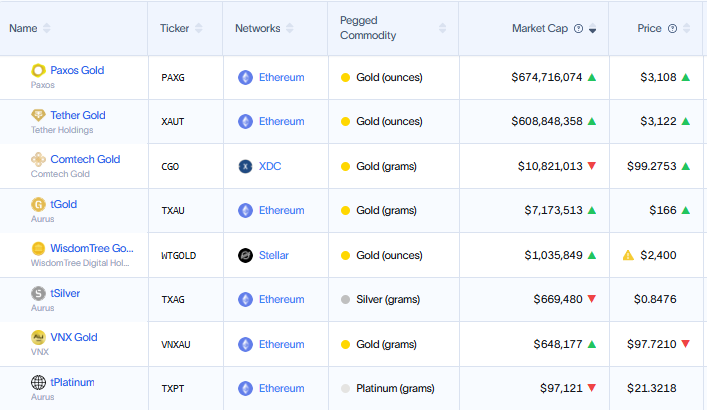
Publicly listed Matador Technologies is taking a unique approach by tokenizing gold on the Bitcoin blockchain. This offers investors a digital claim on both physical gold and limited-edition digital art.
“We believe that the next generation of financial powerhouses will likely emerge from the tokenization revolution. It’s still early, and the playing field is wide open. Matador and others have the bull by the horns,” Tapscott noted in a recent article.
Gold Tokenization in the US: A Bold Policy Shift?
The momentum behind tokenized gold has also reached the US government. Following President Trump’s March 5 executive order to establish a Strategic Bitcoin Reserve (SBR), policymakers are exploring ways to modernize gold holdings.
Treasury Secretary Scott Bessent has indicated that the US will move to “monetize its assets,” leading some to speculate that Fort Knox gold could be tokenized.
“US Treasury Secretary Scott Bessent says, all the GOLD is there, as he has no plans to visit Fort Knox or to revalue GOLD reserves in a sovereign wealth fund. He speaks on “Bloomberg Surveillance,” Erik Yeung noted.
Senator Cynthia Lummis has also proposed swapping some of the US government’s gold reserves for Bitcoin. US gold reserves are held at a book value of $42 per ounce—unchanged since 1973—despite the market price exceeding $3,000 per ounce.
While the US explores tokenization, geopolitical rivals China and Russia may take an even bolder step—launching a gold-backed stablecoin. Bitcoin maximalist Max Keiser recently highlighted BRICS’ plans to introduce a gold-backed stablecoin.
“The BRICS, principally Russia, China & India, will counter any attempt by the US to introduce a hegemonic, USD-backed stablecoin — with a Gold-backed stablecoin. The majority of the global market will favor a Gold-backed coin since it’s inflation-proof (unlike the USD) and doesn’t boost unwelcome US hegemony. India already runs on a defacto Gold standard and Sharia law in Muslim countries would dictate Gold over a USD riba-coin as well. To be clear, a BTC-backed stablecoin is not fit for purpose due to volatility,” Keiser stated.
Further, Keiser suggested that a stablecoin backed by gold would outcompete USD-backed stablecoins in global markets. He argues that gold is more trusted than the US dollar, tracks inflation effectively, and remains minimally volatile compared to Bitcoin’s price swings.
Russia’s recent rejection of Bitcoin for its National Wealth Fund in favor of gold and the Chinese yuan adds weight to this theory.
With an estimated 50,000 tonnes of combined gold reserves, China and Russia could leverage blockchain technology to introduce a new gold-backed digital asset. Such an action would challenge the US dollar’s dominance in global trade.
Gold vs. Bitcoin: The Safe Haven Debate Intensifies
Gold’s record-breaking rally has reignited debates over its role as a safe-haven asset compared to Bitcoin. Some analysts speculate that Bitcoin could soon follow gold’s trajectory, setting new all-time highs.
However, in economic uncertainty and President Trump’s 2025 tariff policies, gold remains the preferred safe-haven asset. Historically, gold has been the go-to store of value during trade wars and inflationary periods. Meanwhile, Bitcoin’s volatility raises concerns for risk-averse investors.
Despite these differences, the rise of tokenized gold highlights a convergence between traditional and digital finance. As financial markets advance and investors rebalance their portfolios, gold and Bitcoin will likely coexist in a contemporary monetary system.
Whether through tokenization, gold-backed stablecoins, or government-led blockchain initiatives, the financial playing field is shifting.
As traditional institutions increasingly adopt blockchain, the stage is set for transforming how the world perceives, trades, and stores gold relative to Bitcoin.
Disclaimer
In adherence to the Trust Project guidelines, BeInCrypto is committed to unbiased, transparent reporting. This news article aims to provide accurate, timely information. However, readers are advised to verify facts independently and consult with a professional before making any decisions based on this content. Please note that our Terms and Conditions, Privacy Policy, and Disclaimers have been updated.
-

 Market24 hours ago
Market24 hours agoBNB Price Faces More Downside—Can Bulls Step In?
-

 Bitcoin24 hours ago
Bitcoin24 hours agoTokenized Gold Market Cap Tops $1.2 Billion as Gold Prices Surge
-
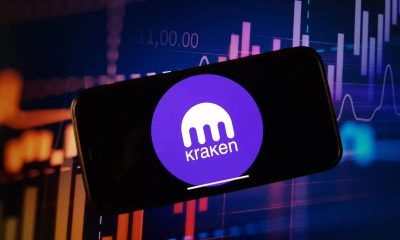
 Regulation18 hours ago
Regulation18 hours agoKraken Obtains Restricted Dealer Registration in Canada
-

 Altcoin22 hours ago
Altcoin22 hours agoWhat’s Fueling The Shibarium Boost?
-

 Bitcoin20 hours ago
Bitcoin20 hours agoLummis Confirms Treasury Probes Direct Buys
-

 Altcoin14 hours ago
Altcoin14 hours agoHere’s Why This Analyst Believes XRP Price Could Surge 44x
-

 Altcoin13 hours ago
Altcoin13 hours agoHow Will Elon Musk Leaving DOGE Impact Dogecoin Price?
-

 Altcoin10 hours ago
Altcoin10 hours agoFirst Digital Trust Denies Justin Sun’s Allegations, Claims Full Solvency




